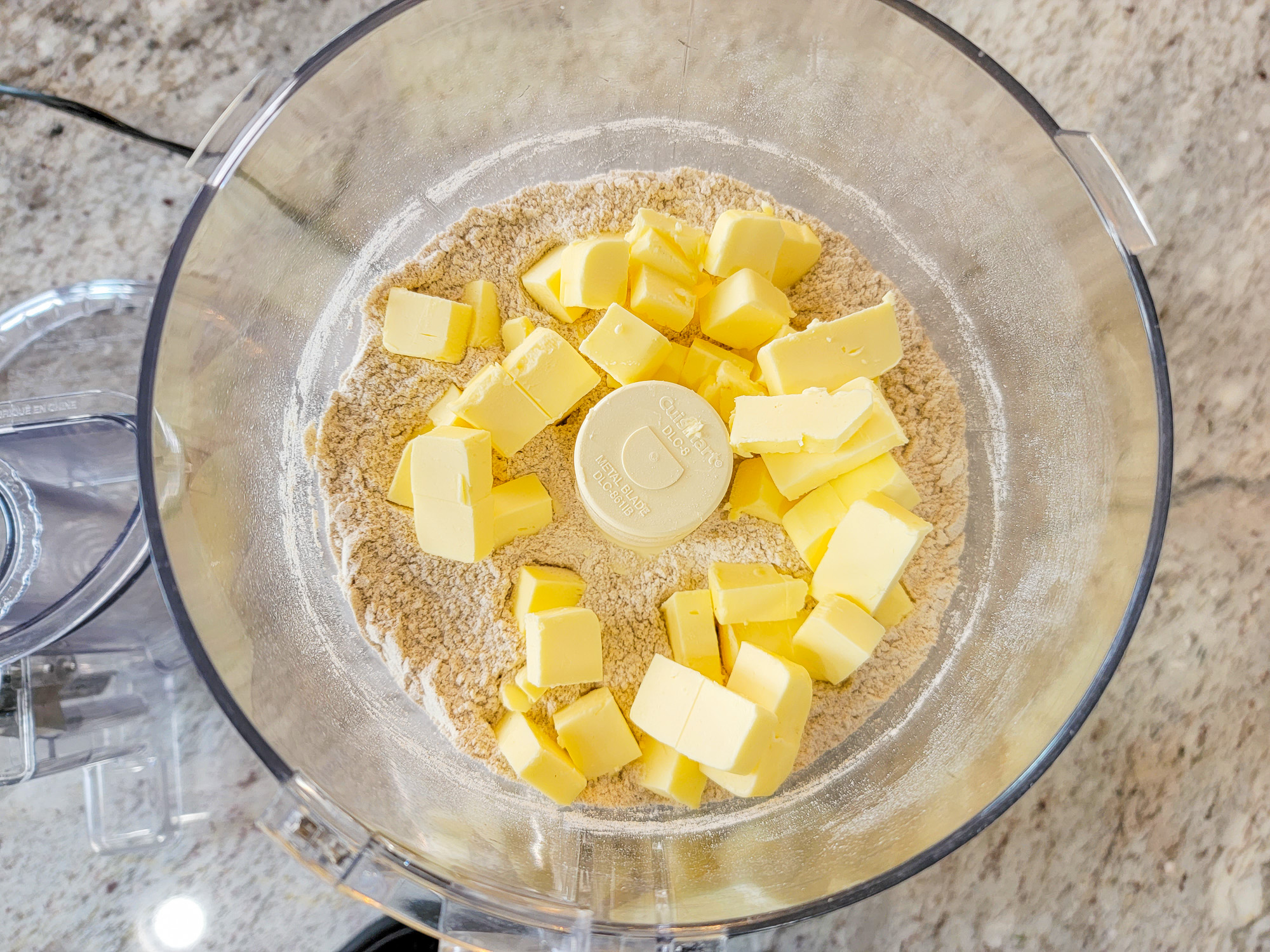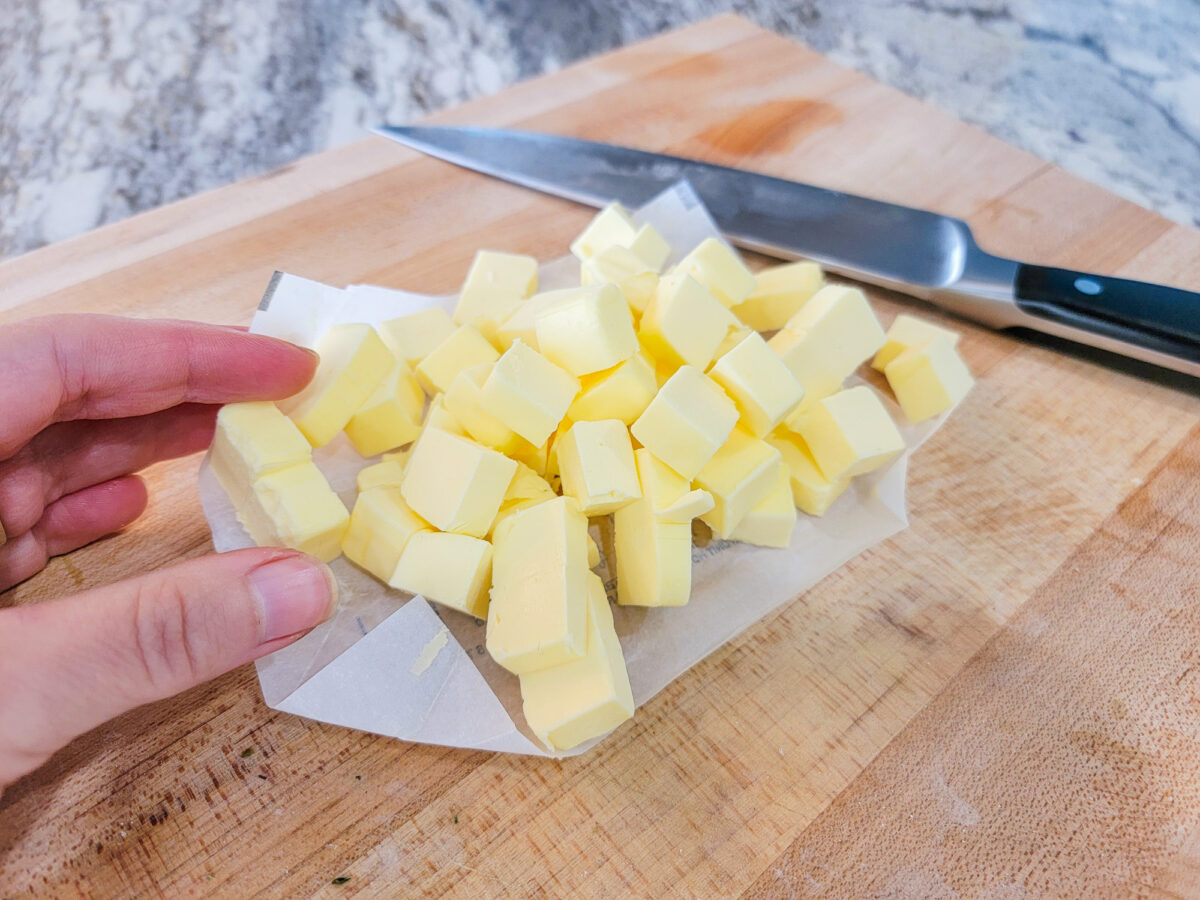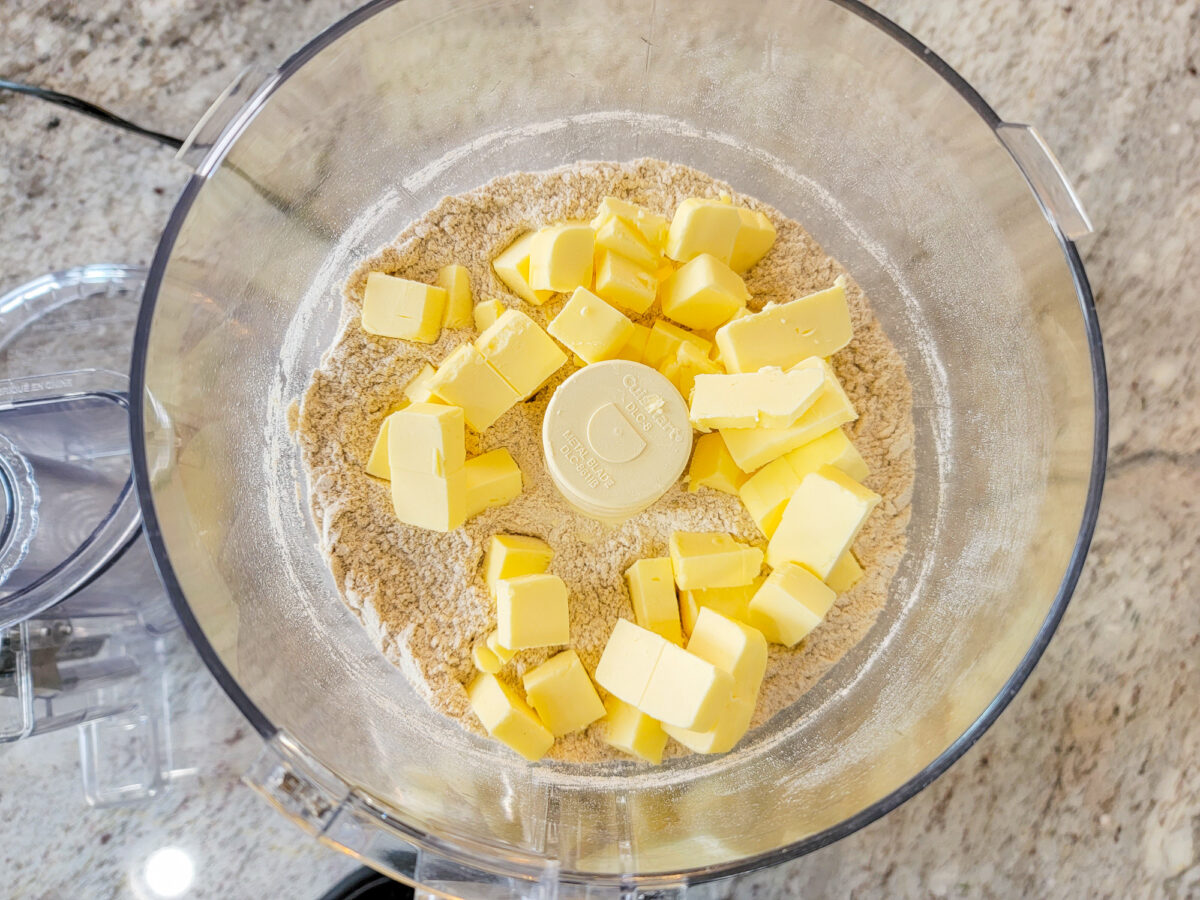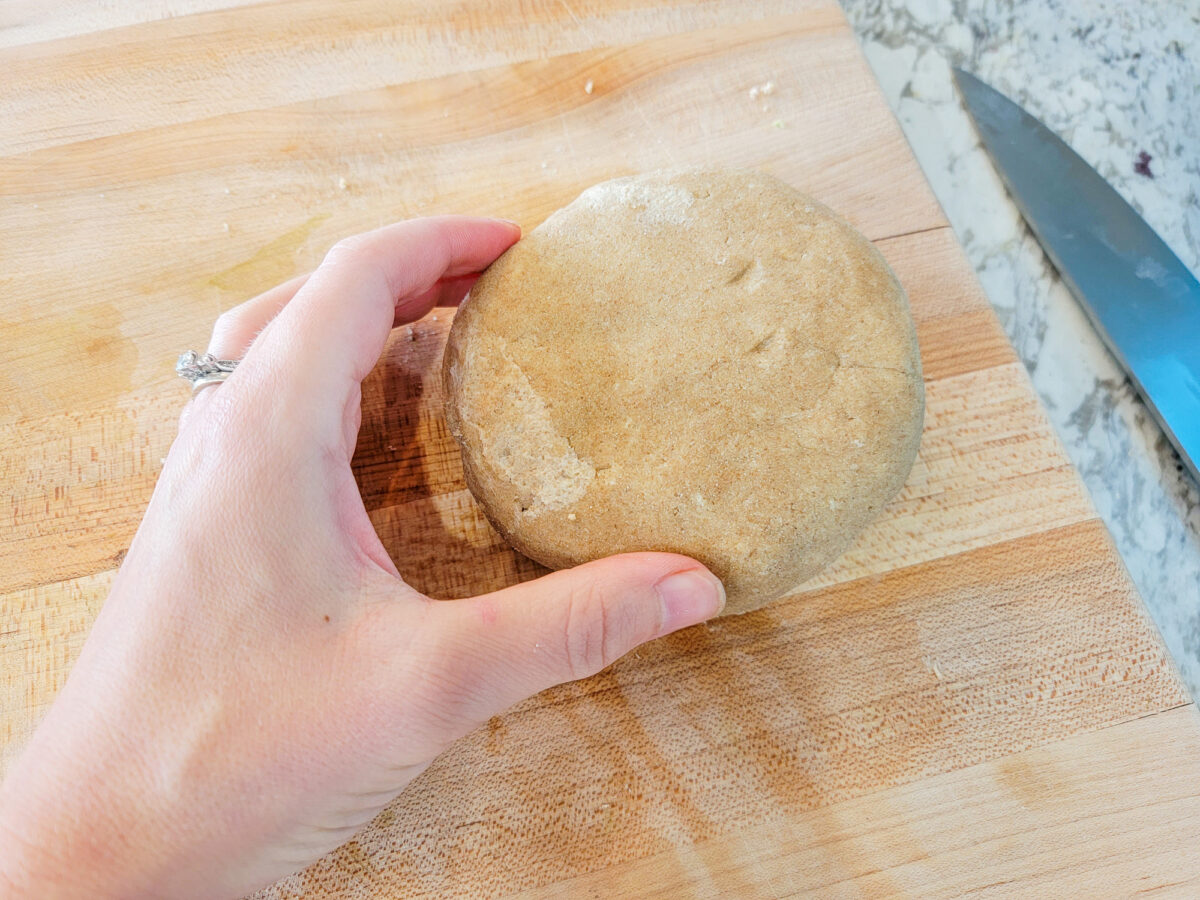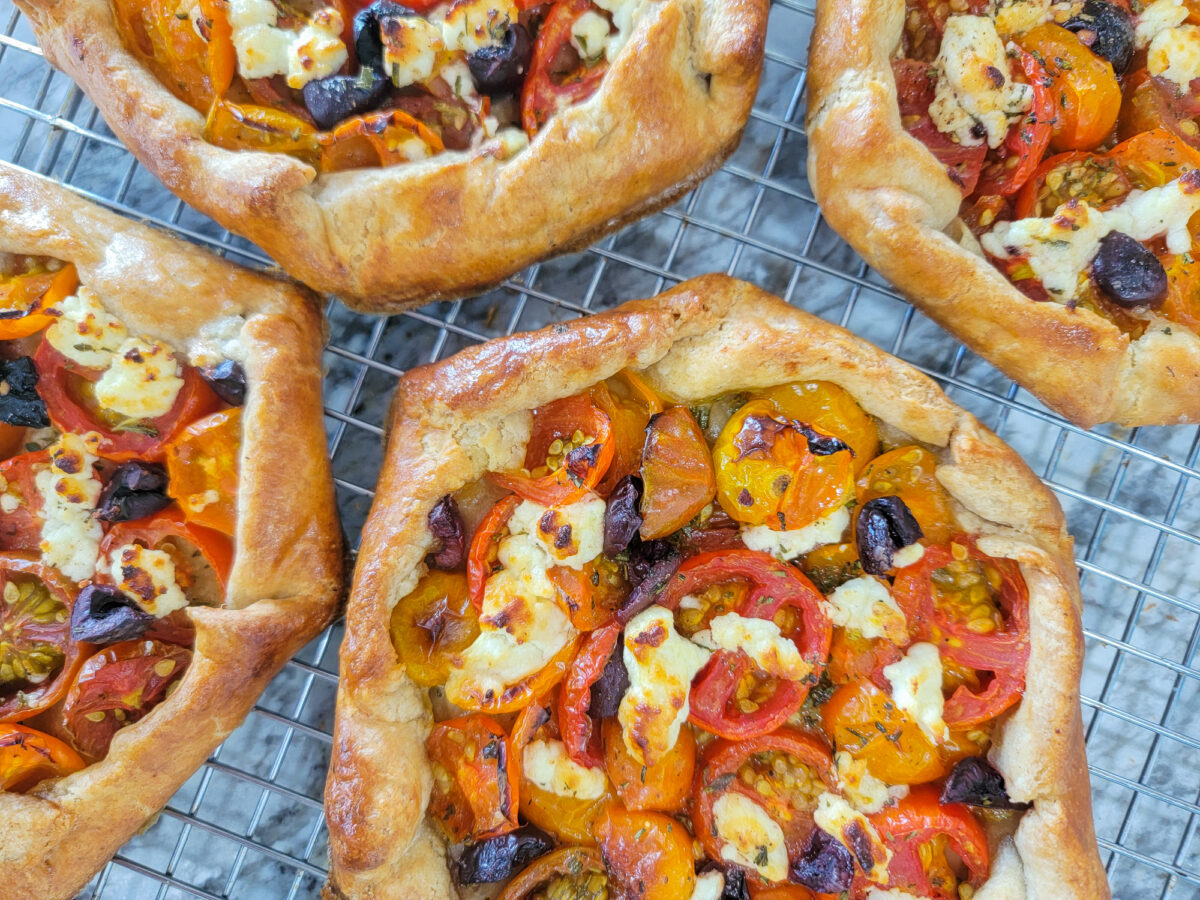Disclaimers: Our site uses demographic data, email opt-ins, display advertising, and affiliate links. Please check out our Terms and Conditions for more information.
Growing up, my family was not into home cooking. For holiday meals, my mom would reluctantly roast the bird and make the mashed potatoes and gravy from scratch, but she didn't love it. When it came to making pies, she had even more opinions. She would mostly use store-bought pie crusts, but when she made crust from scratch, she would surely let us know.
“Do you know what a pain it is to make the crust from scratch?” she would say. Well, needless to say, as an adult I obviously had some trepidation around making pie crusts. But it turns out those fears were unwarranted.
If the thought of making pie crusts intimidates you, or you've never had success making one, keep reading. I'm here to tell you that it's really not scary at all, and it's one of the easiest ways to elevate your home cooking.
Note: In this post, I will share the process of how to make a pie crust without a recipe. What to do, what not to do, and what to look for. If you prefer a recipe with precise directions, this article is not for you.
Equipment for Making Pie Crusts
You really only need two pieces of equipment to make pie crusts, but in my opinion, these two things are indispensable to the process: a scale and a food processor.
A digital scale will take your baking to another level. When you're measuring out flours, the amount of flour you get in a volume measuring cup is highly variable depending on your measuring technique and how tightly you're packing the flour into the measuring cup. With a digital scale, you can be sure you're getting the correct amount of flour into your dough, allowing for repeatable results from batch to batch. A scale also allows for making pie crust without a recipe by using ratios (more on that in a minute).
There are many ways to bring a pie crust dough together, but I haven't found any that I love as much as using a food processor.
Food processors are so efficient at cutting the butter into the flour, and they make it super easy to see when you've added the correct amount of liquid to the dough. With a food processor, you can make a pie crust dough in less than five minutes. Seriously!
Pie Crust Recipe Using Ratios
I mentioned that a scale will allow you to make pie crust without a recipe. This is so freeing!
The basic ratio I always use is 1.5:1 flour to fat. Here's how it works: first, figure out how many crusts you need (i.e. two for a double crust pie, one for a bottom crust only pie, etc.). For every crust you want to make, use one stick of butter.
Weigh your butter, then multiply this number by 1.5. This is the weight of flour you will need. You'll need about 1 tsp of salt for every pie crust you're making, and the amount of water you'll add will be judged by feel and sight.
Pie Crust Ingredients
Flour: As for the type of flour, you can use all-purpose (AP) flour, pastry flour, a mixture of the two, or try experimenting with whole grain or ancient grain flours. I love the nuttiness of emmer, spelt, and einkorn flours, just to name a few. If you're trying a new flour that you've never worked with before, trying adding 1/3 of the total flour weight as the new flour and 2/3 of the total weight as regular AP flour.
Butter: Use unsalted butter so that you can add a measured amount of salt
Salt: You'll need 1 tsp. of salt for every pie crust you're making
Ice cold water: Fill a liquid measuring cup (or any container that has a pouring spout) with ice, and then cover with water. Give it a little stir and let it set. Because we're making this pie crust using ratios and by feel, there is no set amount of water. In the Technique section we'll describe how to know you've added the right amount of water.
The Technique to Make Pie Crust
As described in the Ratio section, figure out how many pie crusts you're making and weigh the corresponding amount of butter. In a separate bowl, measure the flour to 1.5 times the weight of butter. Add the flour and salt to your food processor bowl and give it a few pulses. Have your ice water prepped and at the ready.
Cut the butter into cubes – I usually cut a regular stick of butter down the center on two sides such that the cross-section is cut into fourths. Then slice down the length of the stick in half-inch segments.
Add the butter to the food processor and pulse to roughly combine the flour and butter. You want the butter to be completely covered in flour and broken down into pea-sized bits.
Now for the only tricky part of this technique: with the food processor running, slowly add about a tablespoon of ice water. Let the water fully drain into the bowl of the food processor and spin for a few seconds in order to gauge how the water is incorporating. Stop the food processor, and take a look at the dough.
Does it still look floury or crumbly? If you're not sure, take the lid off and pull a handful of dough out, squeezing it together. It shouldn't be crumbly; it should be cohesive but not perceptibly wet.
If it's still crumbly, put the lid back on, turn the processor on, and add about half a tablespoon of water at a time. After each addition let the processor run for a few seconds to ensure all the water is incorporated. Then keep checking the dough by stopping the food processor, taking off the lid, and squeezing a handful. Again, it shouldn't be crumbly or floury. It should hold together nicely without being wet.
It takes practice to judge the right amount of water. And the amount of water you'll need can vary widely, depending on the types of flours you're using, the butter you're using, the humidity in the air, and on and on. But that's why we love this technique – it gives us the freedom to use our senses and judgment in order to make the perfect pie crust.
Once you have the right amount of water added and it's all incorporated, turn the dough out onto a clean counter or cutting board. Pat the dough together and shape it into a disk. Wrap the dough in plastic wrap or a sealed plastic bag, and place it into the fridge to rest for at least 30 minutes before rolling out for use in your pie!
Do you have a favorite technique to make a pie crust without a recipe? Comment below to share!

